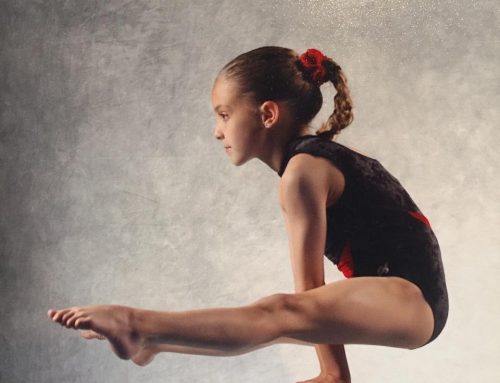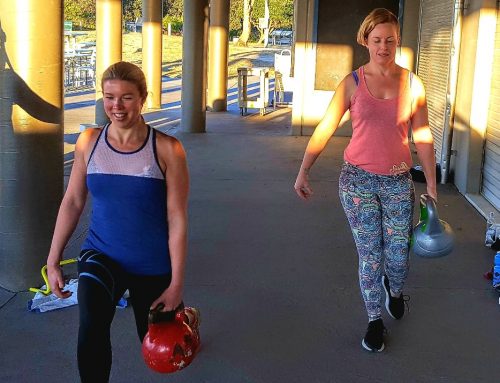Damn That Shoulder! (And other overuse niggles)
I recently read this article and thought what a concise but clearly stated piece it was on what could actually be causing you that grief you get from overuse activities.
It’s aimed at swimmers but is just as relevant to anyone who does a continuous repetitious activity such as running or cycling. (The bits in red are my 2 cents worth)
By Tim Devlin
Physiotherapist with Balmain Sports Medicine
With spring upon us, the weather (slowly) warming up, the great Australian tradition of outdoor swimming means people are flocking to notch down their laps staring at the black line. It is about this time of year we will start to see a few patients complaining of niggly shoulders from all those laps.
“Swimmer’s shoulder” is an umbrella term referencing a variety of biomechanical and pathological conditions that cause discomfort when swimming. It is common and expected given the amount of shoulder elevation occurring every stroke. In competitive swimmers the incidence is measured as at least 40%, some reports as high as 90%. The shear repetitive nature alone drives this pain – in a typical swimmer’s training load you may expect approximately 15-20,000 individual arm elevations per week.
The key for swimming is that the training volume and intensity are unlikely to change, so it is important to look at technical and biomechanical aspects of the movement that can affect this pain. Predisposing factor + mileage = injury!(This point is just as pertinent to any repetitive activity such as running or cycling)
Restrictions in range of movement are a significant factor that can drive shoulder pain. A certain amount of movement is required in the shoulder girdle alone, but joint stiffness elsewhere, particularly in the trunk and hip will also impact shoulder load.
(This is such an important point to remember. Our bodies are so completely interconnected that restriction in one part of the body can have an adverse effect somewhere else. Likewise creating mobility in say your hamstrings or hips can lead to your shoulder functioning more freely.)
Core control also forms a key role in minimising shoulder pain, but not just in the sense of abdominal load. When referencing the “core” in swimming, we are including scapular control as a major focus. A strong scapula and associated shoulder muscles provides a solid foundation on which the shoulder can then produce work. Hip strength also comes into play; technically proficient swimmers will typically propel themselves primarily from the hip, with the shoulder only acting as a way of applying this force through the water.
(Just as mobility changes in one area can affect others, strengthening the body as a whole integrated unit as opposed to separate body parts will result not only in better performance but with a reduced chance of injury also.)
Rotator cuff injuries are associated with this poor “core” control, but may also be as a result of direct imbalances within different parts of the rotator cuff itself. Individual variations in joint laxity and ligaments also will affect the stability of the joint. Sometimes, this laxity can develop secondary to technical errors in their own right.
(Like wise with runners who might be experiencing knee pain, the problem rarely lies within the knee itself. Tightness around the hips, calves or even back as well as muscles weakness particularly in the glutes can often have far more to do with that knee pain)
A variety of technical errors may also drive shoulder pain. These include (but are not limited to):
- Crossing midline on hand entry
- Crossing midline/wide during pull phase
- Late breath
- Insufficient thoracic rotation
- Degree elbow flexion during pull related to event
- Poor timing of hip rotation
- It is also important to note that everyone is different in the pool; no swimmer has perfect technique
- Timing in all strokes
If you feel the onset of pain with swimming, it is important to get onto this quickly to not limit your ability to continue training long term.
This article appeared first in the email newsletter of Balmain Sports Medicine of November 6, 2016




